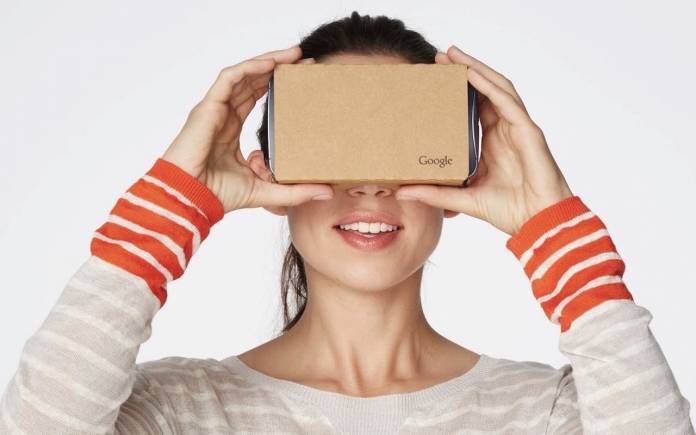
It has been five years since Google launched the Google Cardboard. The VR viewer is one of the simplest we know so far because anyone can easily use it. One can also create a new virtual reality experience as made possible by the Google VR software development kit (SDK). Almost anyone can use the Cardboard and experience VR from young kids to even the oldies. Today, VR experiences are very common and you can find more on YouTube and Expeditions.
Google has given away millions of Cardboard already. Some 15 million units are scattered around the world so many people have knowledge of and access to VR. It is not exactly an advanced system but it works.
Those who cannot afford expensive VR headsets settle for Cardboard. Some even received units for free. The Google VR SDK has greatly helped in expanding the platform as many developers and artists have been able to dip into the development and creation of content whether for entertainment or education.
Google has stopped developing the Google VR SDK but it’s not the end for the program yet. Google has recently released the Cardboard open source project so VR experiences will continue. No new Google VR SDK will be released but the open-source will remain for everyone.
Developers can continue to build Cardboard experiences, as well as, add support to VR apps. Open source is actually the best way to create VR experiences for everyone to enjoy. This project offers libraries for developers to build apps for both Android and iOS, APIs for head tracking/lens distortion rendering/input handling, and Android QR code library.
The community is expected to expand capabilities and improve Cardboard support. Google will still add new features like an SDK package for Unity. Check out the developer documentation page or Cardboard GitHub for more information.









